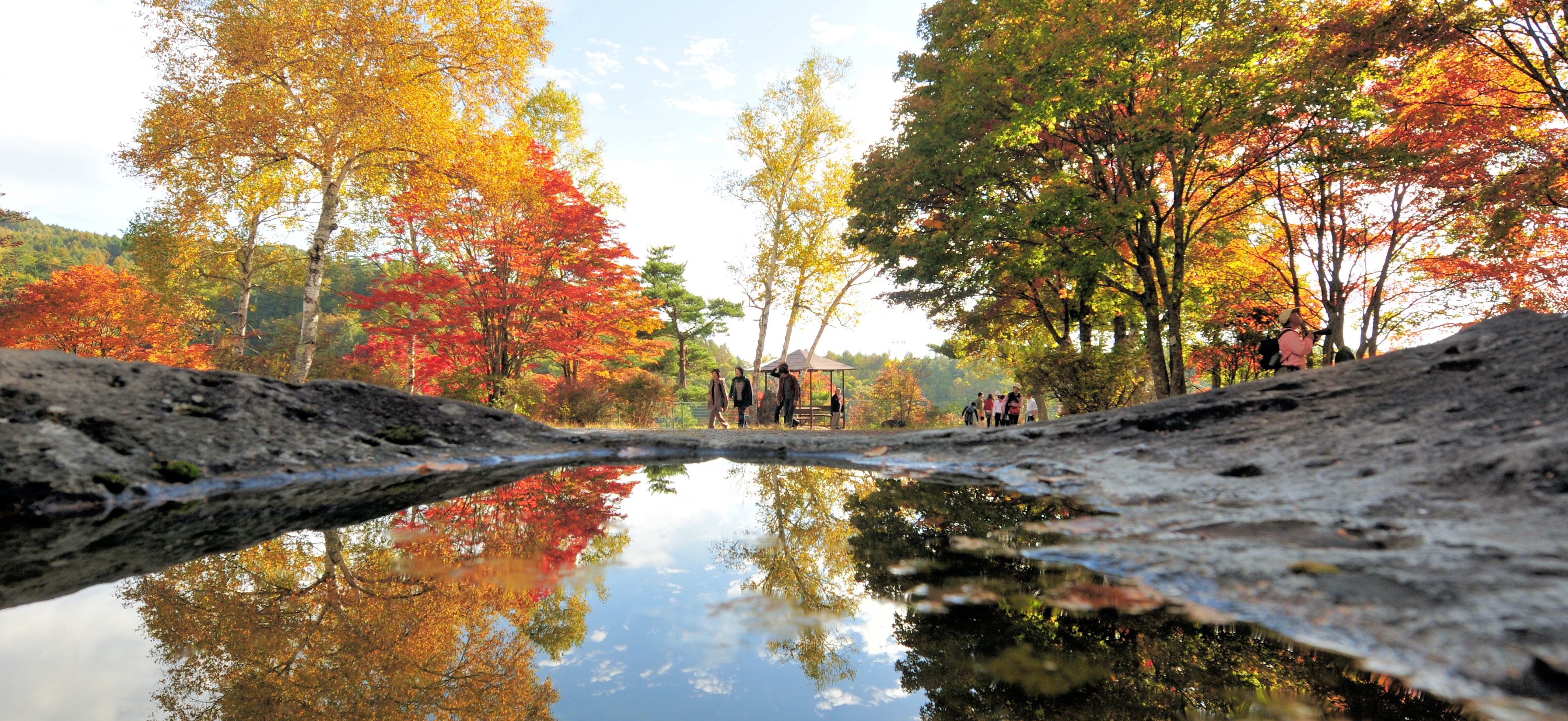 Seasons
Seasons
The four seasons of Suwa
The magnificent nature of the Suwa area is closely linked to not only faith and culture, but also lifestyle and food culture. The natural water flowing from Yatsugatake and Kirigamine, the large temperature difference between day and night, and the clear air have contributed to the fermentation culture and the construction of many sake and miso breweries that are still used today.
The high amount of sunny days and the cool climate unique to land above 1,000m provide an ideal environment for fresh and delicious fruits and highland vegetables to grow.
Suwa’s spring
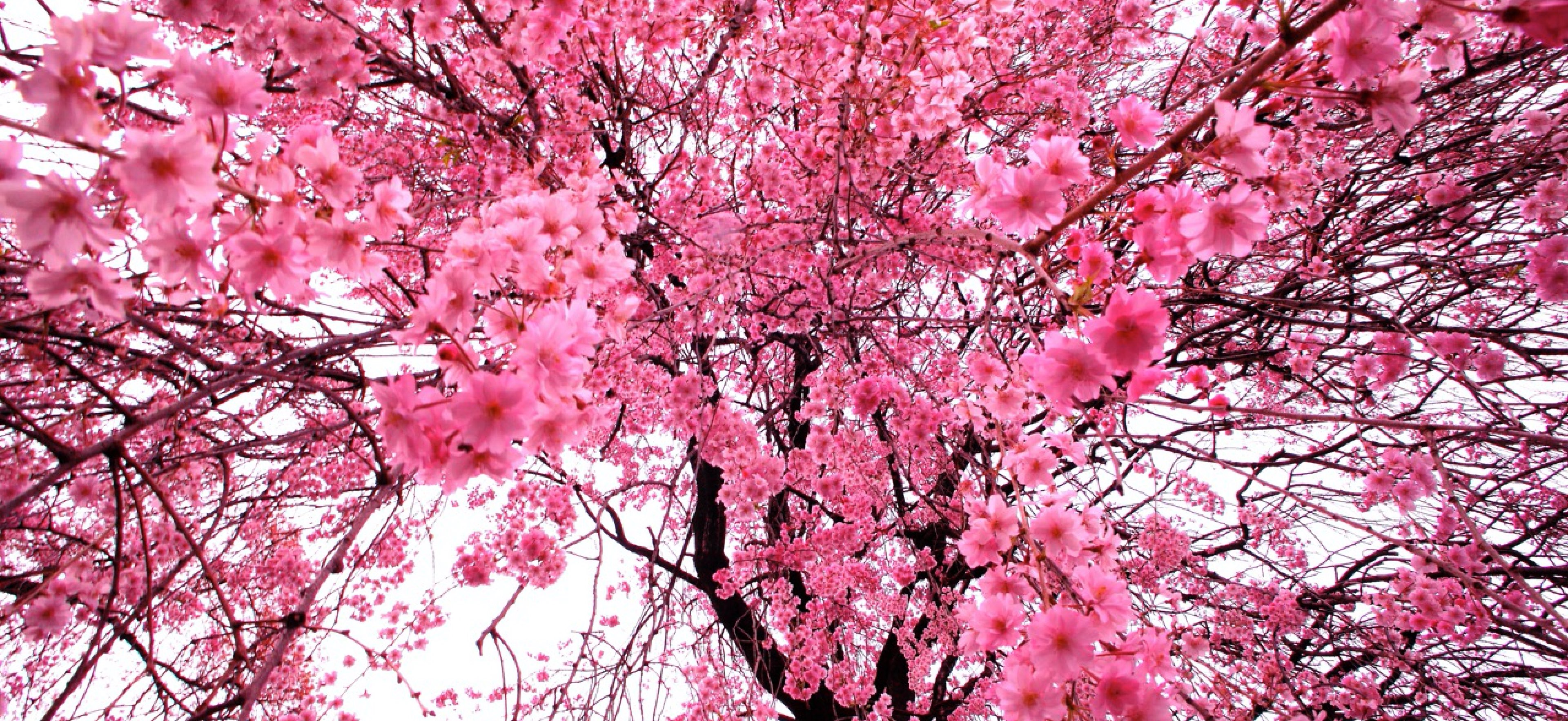
Suwa’s spring gradually arrives as the snow melts on Yatsugatake. You can enjoy the blooming cherry blossoms of 300 Yoshino cherry trees until late April every year at Syouko-ji Temple by the shore of Tateshina Lake from an altitude of 1,250m looking up at Mt. Tateshina.
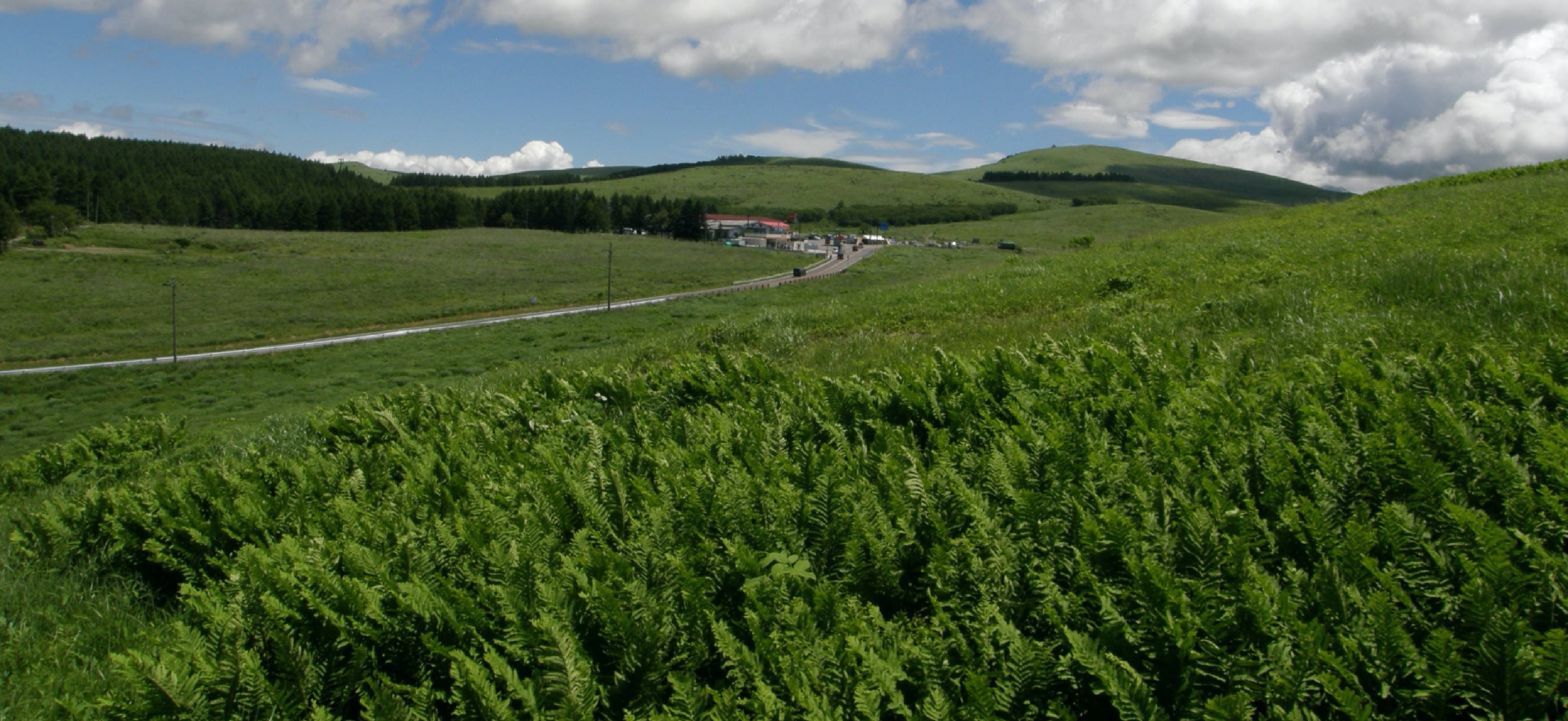
Shortly after Golden Week in May, the buds on the trees of the forest sprout and a refreshing breeze begins to blow. In the highland area, beautiful fresh verdure grows at the end of June, covering the entire area with vibrant greenery.
Suwa’s summer
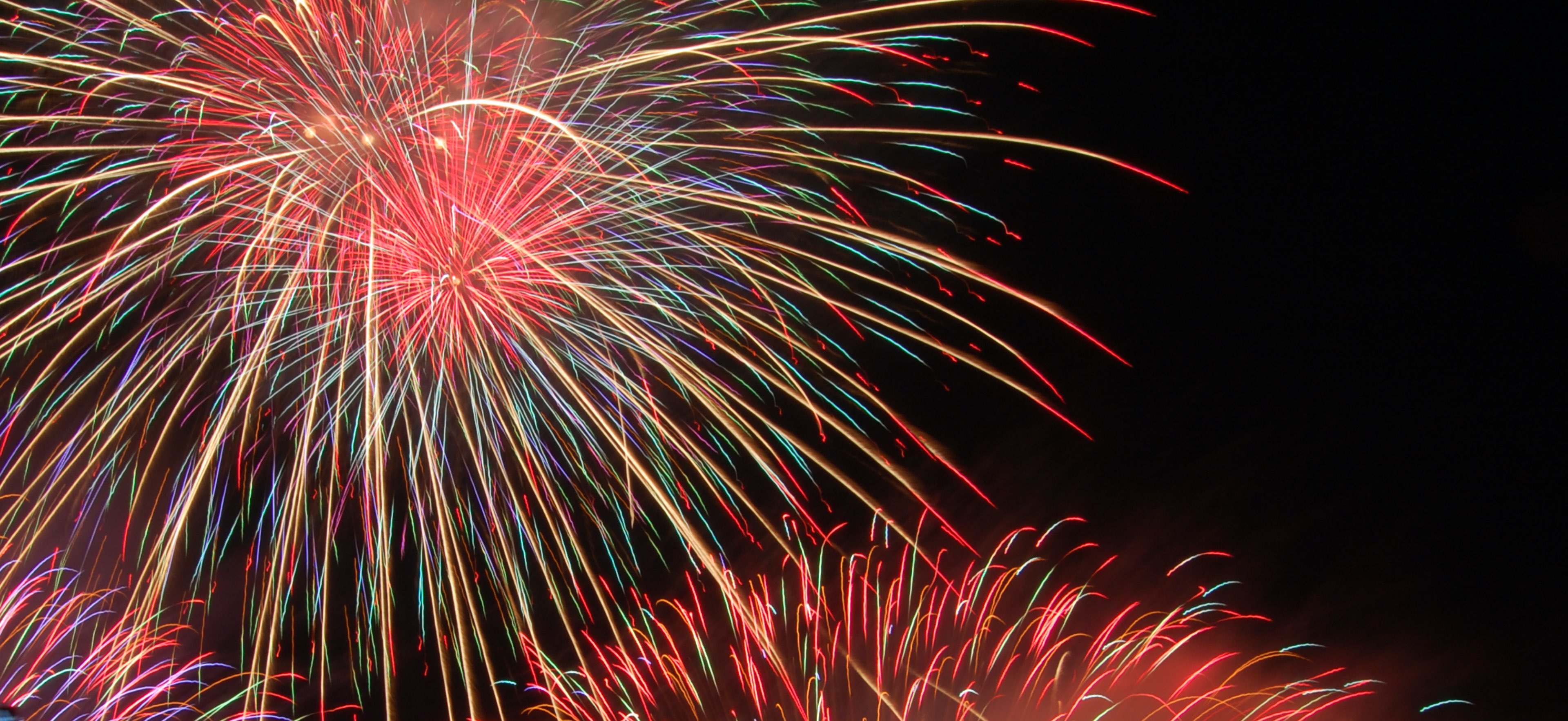
Lake Suwa’s summer tradition, the Suwa Lake Fireworks Festival is held on the 15th every year and attracts many people.
You can watch beautiful fireworks and feel the powerful sounds resonate through your body as a result of the area’s shape surrounded by mountains.
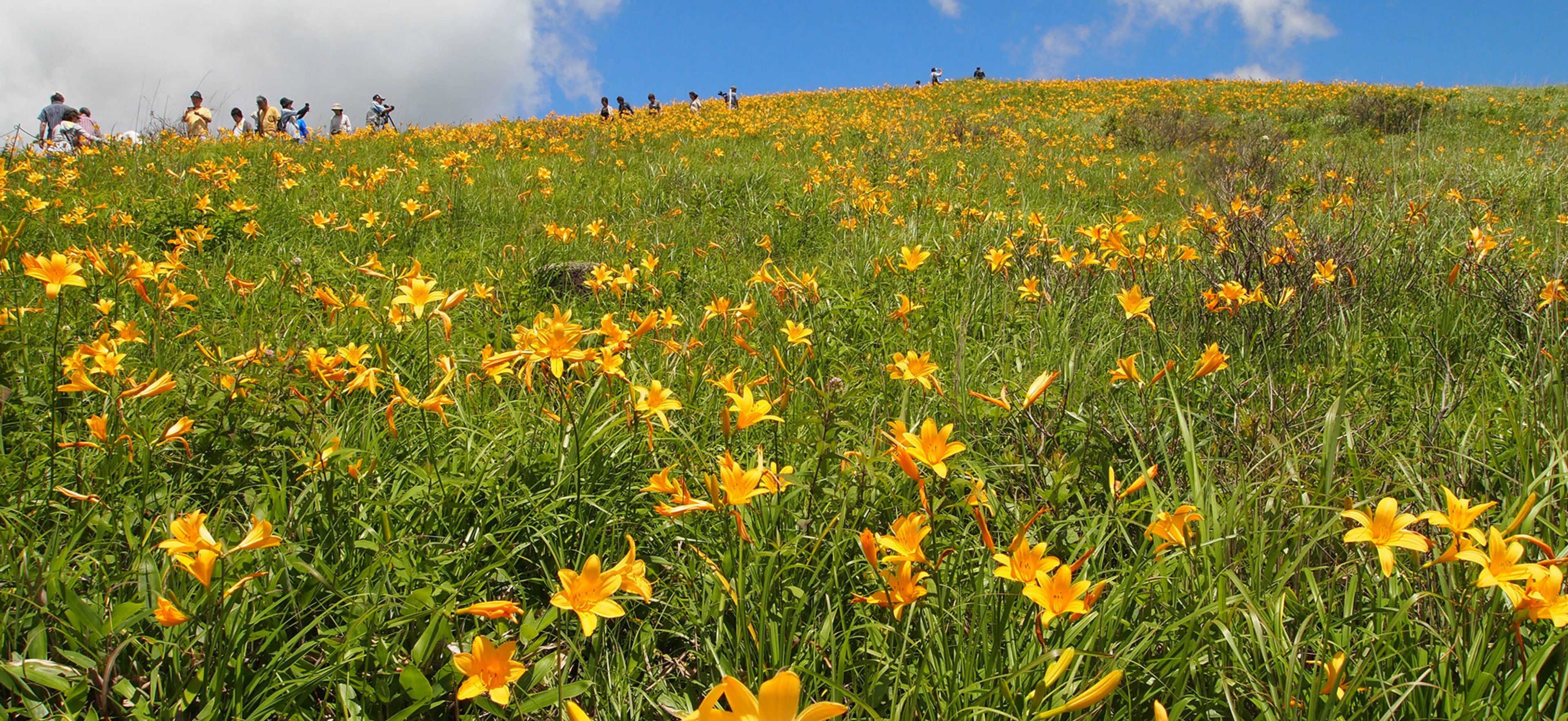
On the Venus Line, one of Japan’s leading sightseeing routes that stretches for 70km, the Nikko day lily, which is designated as a national natural monument, is in full bloom with yellow flowers filling the scenery.
Suwa’s autumn
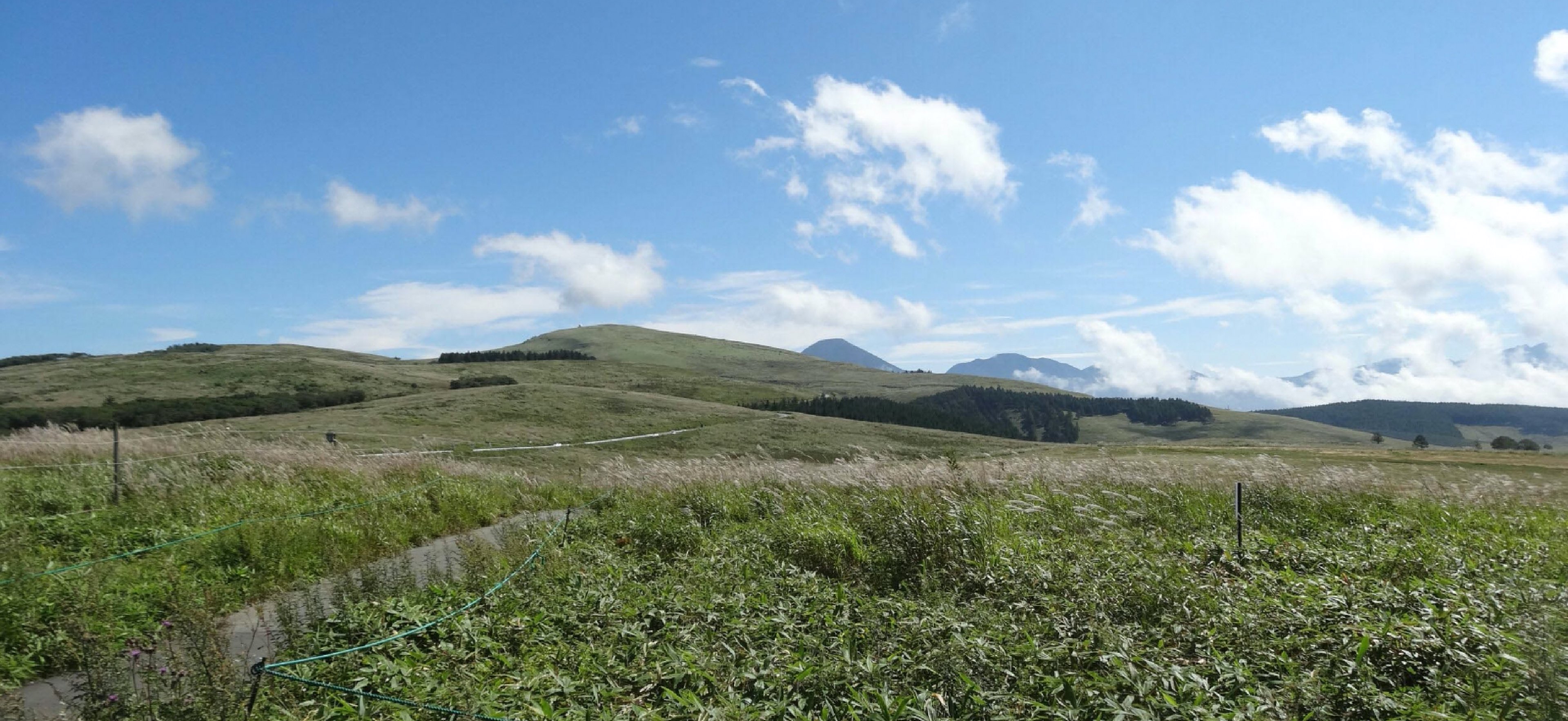
After the Obon season, signs of the approaching autumn start to show each day and a fruitful season comes.
Autumn leaves gradually extend from the top of Mt. Yatsugatake and beautifully dye the mountains surrounding the shore of Lake Suwa.
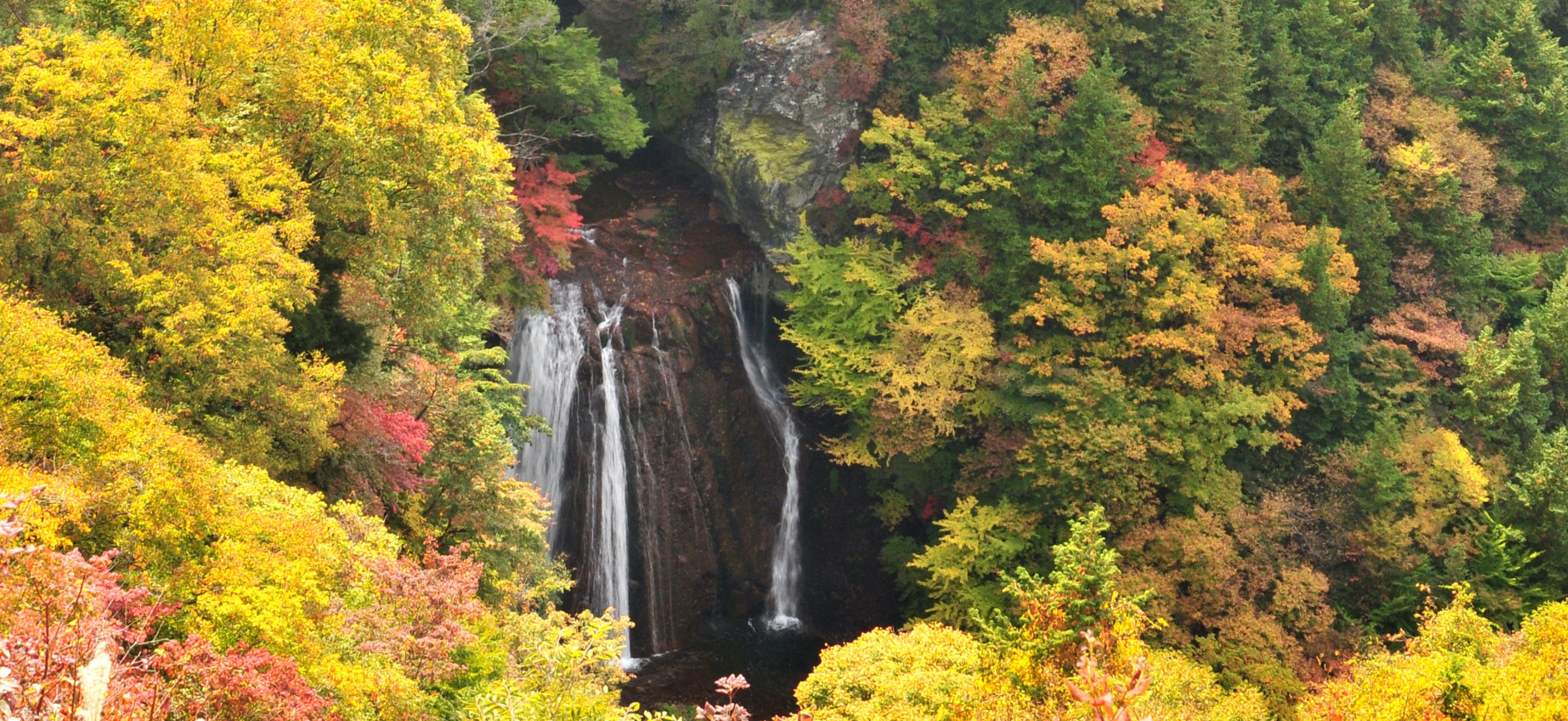
In the Yokoya Valley, one of the best spots in the prefecture for viewing autumn leaves, the mountains are colored as far as the eye can see.
You can enjoy the spectacular scenery unique to the season along with several waterfalls and beautiful mountain streams.
Suwa’s winter
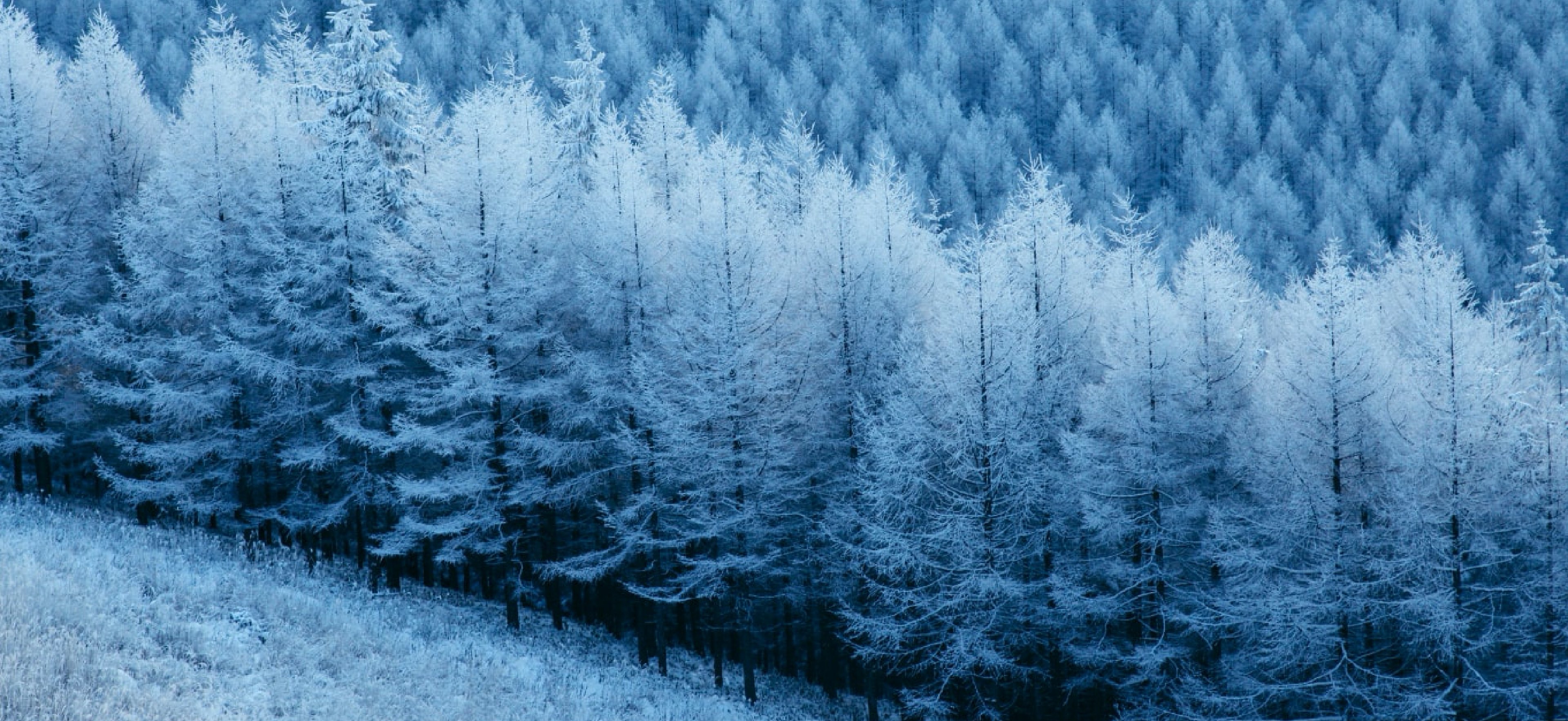
When winter arrives in the Suwa area, along with the harsh cold weather comes beautiful and mysterious scenery formed by nature.
You can also see the traditional scenery including activities that take advantage of the cold winter, such as making kanten (agar).
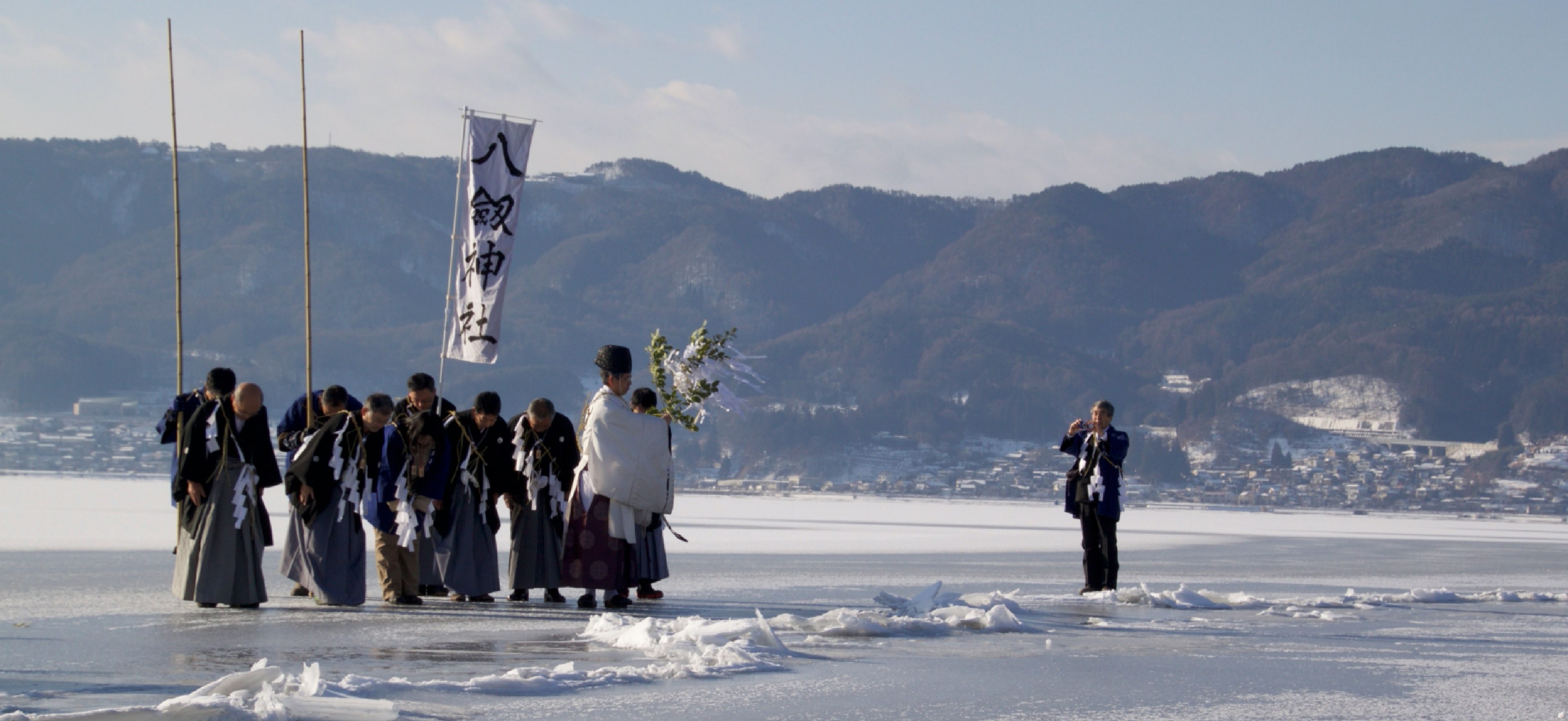
The Suwa area can bring constant temperatures of 10℃.
The “Omiwatari” cracks that appear on the completely frozen Lake Suwa are revered as the road that the deity of Suwa Taisha Shrine once crossed.
In recent years, there have been few opportunities to see such scenery, but that same solemnness allows you to feel the mystery of nature.